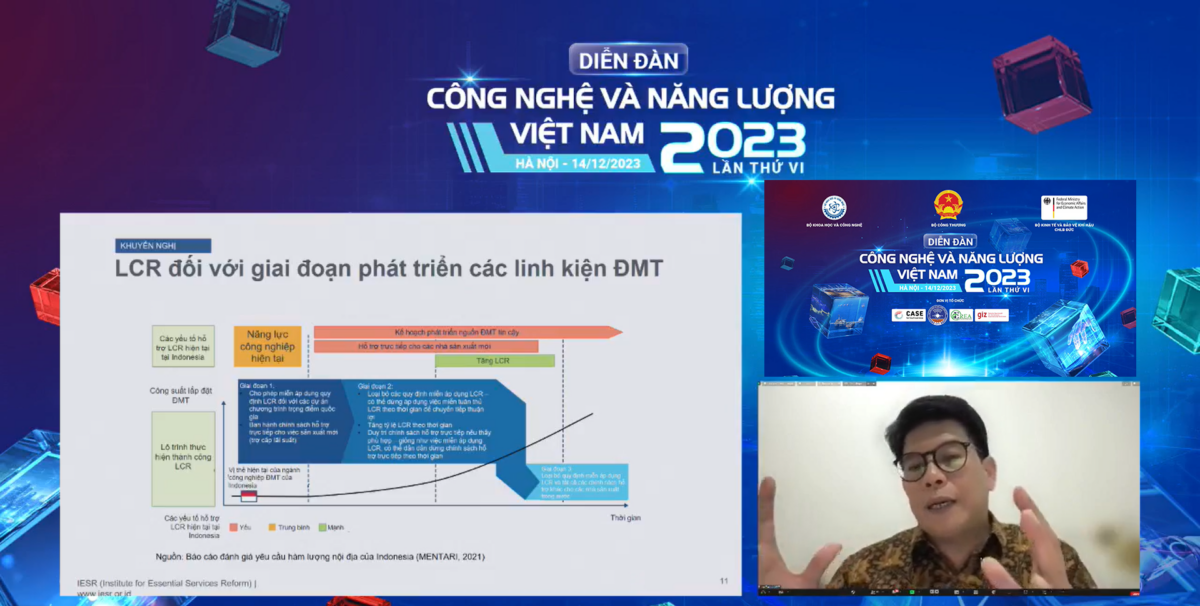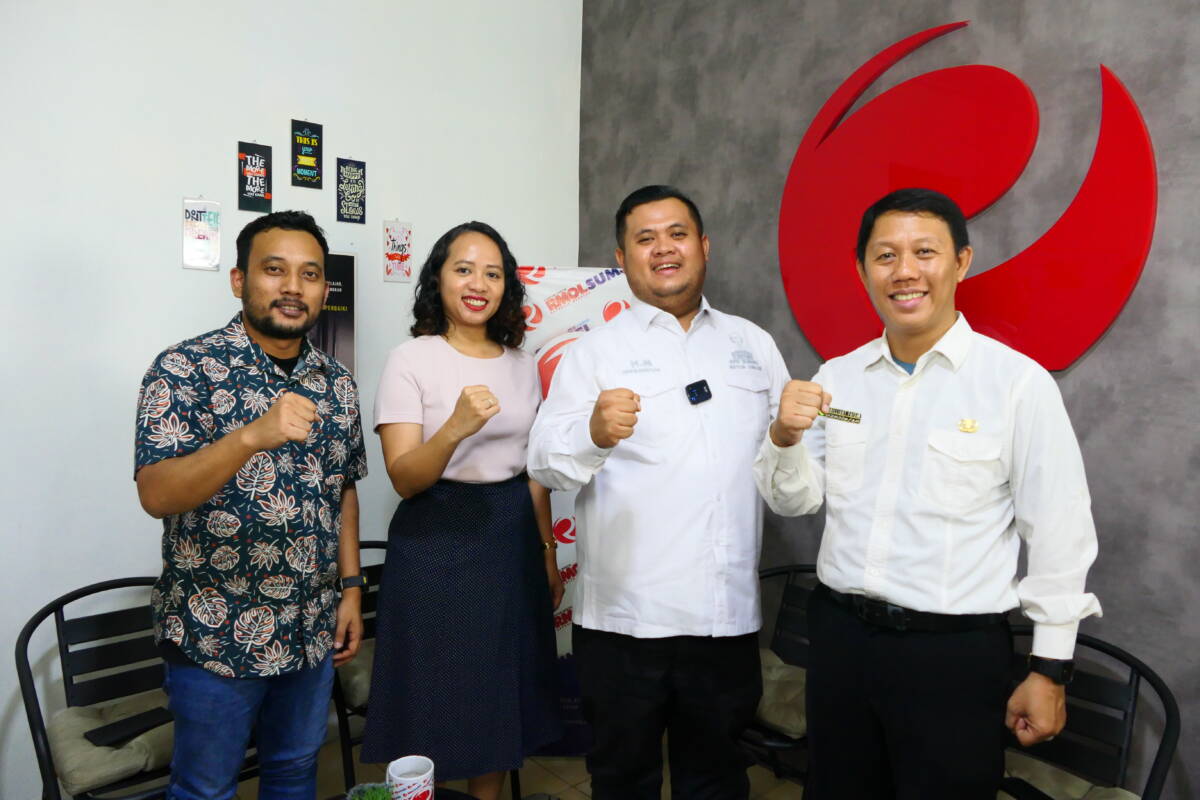Energy transition in Indonesia must be carried out comprehensively, not only limited to the electricity sector but also targeting other sectors.
Read more on Kompas.

Jakarta, December 15, 2023 - The Institute for Essential Services Reform (IESR) assesses that the energy transition is already in full swing in 2023, and it is ready to take off if the government can create the necessary supporting conditions.
IESR comprehensively discusses the development of the energy transition and opportunities to accelerate the energy…

Ha Noi, 14 December 2023 - The Ministry of Science and Technology of Viet Nam hosted its annual event : Technology and Energy Forum 2023, in collaboration with the Ministry of Industry and Trade and Project Clean, Affordable and Secure Energy for Southeast Asia in Viet Nam.In recent years, Viet Nam has witnessed remarkable development…
The high demand among investors for renewable energy issuers in the capital market is a positive indicator.
Read more on Bisnis Indonesia.

Jakarta, December 12, 2023 - Indonesia aims to reach peak greenhouse gas (GHG) emissions by 2035 and gradually move towards net zero emission (NZE) by 2060 or earlier. The energy sector in Indonesia is currently a major source of emissions, with nearly 90.4 percent of the country's domestic energy supply coming from fossil fuels. Therefore,…
Implementing Environmental, Social, and Governance (ESG) practices has become a pressing need for various industrial sectors. This is because ESG is a fundamental pillar in a framework that aims to identify non-financial risks and opportunities in a company's routine. The application of ESG seeks to balance the profit orientation of the business with social and…
The Institute for Essential Services Reform (IESR) sees that the slow progress in developing renewable energy in Indonesia in recent years may affect achieving the 23% renewable energy mix target by 2025.
Read more on Kontan.
The Cirebon 1 Coal Fired Power Plant (CFPP) will have its operational life shortened by seven years, and it is now expected to operate only until December 2035 instead of July 2042. The project has secured funding commitments from the Energy Transition Mechanism (ETM) scheme, and the transaction is expected to be finalized in the…

Palembang, December 6, 2023 - South Sumatra, also known as Sumsel, is a province in Indonesia that has immense economic potential. To promote sustainable economic growth, shifting towards renewable energy sources is crucial. This transition not only benefits the environment but also positively impacts the financial sector in South Sumatra.
Marlistya Citraningrum, Sustainable Energy Access…

London, December 4, 2023 – As world leaders at COP28 are expected to commit to tripling global renewable electricity capacity by 2030, common policy barriers are hampering the rollout of those renewables in some of the world’s biggest economies. This is according to a new report Financing the Energy Transition: How Governments Can Maximise Corporate…
The Indonesian government needs to intensify climate diplomacy in various international forums because the threat of climate change is increasingly real. As an illustration, Antarctica and Greenland are currently melting three times faster than in the early 1990s, potentially causing climate chaos in the future.
Read more on Koran Jakarta.
About a year ago, in the series of the G20 Summit in Bali, Indonesia "was showered" with funding commitments for the energy transition of 20 billion US dollars in the Just Energy program. Transition Partnership or JETP. We continue to try to fulfill this commitment. On the other hand, the portion of grants in JETP is…
